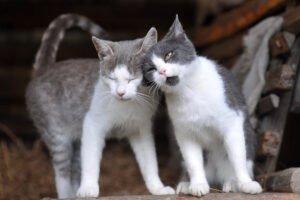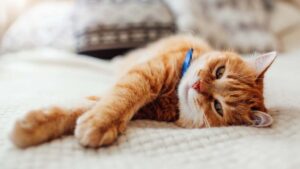Will Jeyes Fluid Deter Cats?
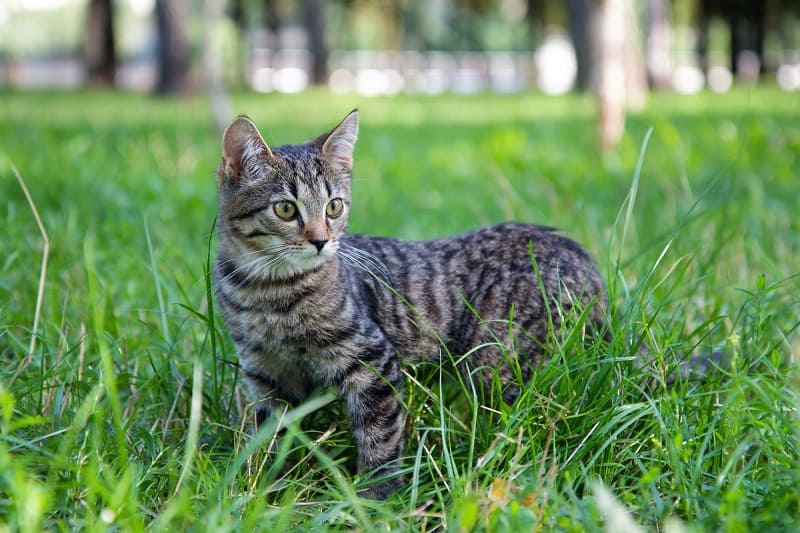
If you’re a cat owner, you know that owning a cat has its ups and downs. While they bring joy to your life, they can also cause damage to your garden, furniture, and other items around your home. There are many ways to deter cats from entering certain areas, and one popular method is to use Jeyes Fluid. In this article, we’ll explore whether Jeyes Fluid can indeed deter cats, and whether it’s safe for you to use it.
What is Jeyes Fluid?
Jeyes Fluid is a disinfectant and deodorizer that has been used for over 140 years. It was originally created to disinfect hospitals and is now commonly used for cleaning and disinfecting outdoor areas such as patios, driveways, and garden furniture. It is also used to kill bacteria, viruses, and fungi, making it a popular choice for those looking to keep their homes and gardens clean and hygienic.
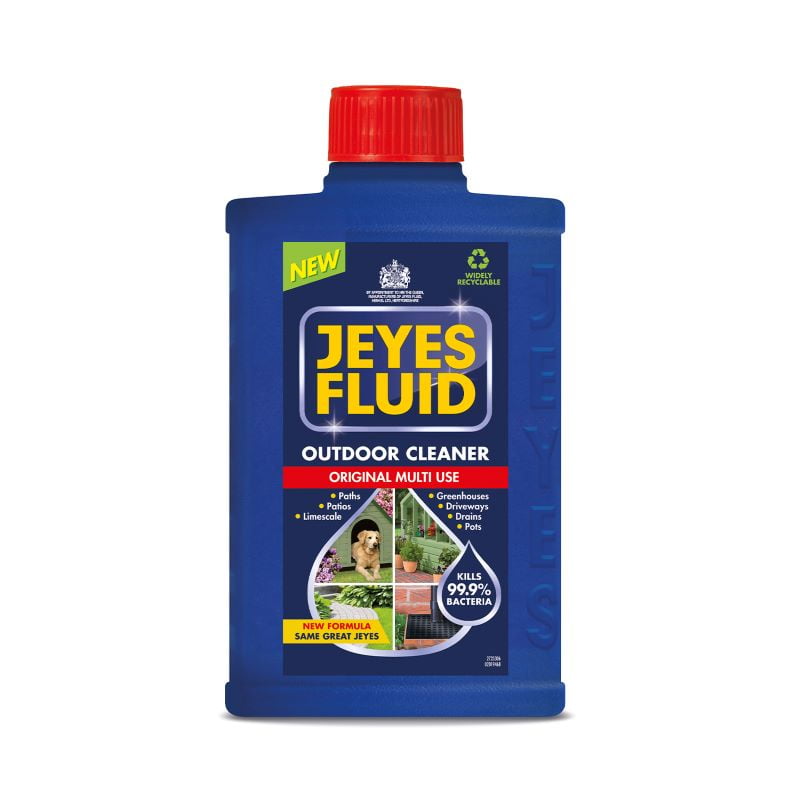
Does Jeyes Fluid deter cats?
Many people believe that Jeyes Fluid can deter cats from entering certain areas. This is because it has a strong odor that some cats may find unpleasant. However, there is no scientific evidence to support this claim, neither is Jeyes Fluid marketed as a Cat deterrent. In fact, many cat owners have reported that their cats are not deterred by the smell of Jeyes Fluid.
While some cats may be put off by the smell, others may not be affected at all. Additionally, using Jeyes Fluid to deter cats may not be an effective long-term solution, as cats can become accustomed to the smell over time.
Is Jeyes Fluid safe for cats?
Jeyes Fluid is not recommended for use around cats, as it can be harmful if ingested or inhaled. The chemicals in Jeyes Fluid can cause a range of health problems, including vomiting, diarrhea, and respiratory issues. Ingesting Jeyes Fluid can also cause chemical burns in the mouth and throat, which can be fatal to cats.
It’s important to note that Jeyes Fluid is not only harmful to cats, but to other animals and even humans as well. The concentrated solution can cause severe burns and eye damage, and even the diluted solution can be harmful if ingested or inhaled. It should be used with caution and only in areas where it is necessary to deter animals. If you have young children or pets, it’s best to avoid using Jeyes Fluid altogether.
If you do decide to use Jeyes Fluid to deter cats, it’s important to keep your pets away from the area until the product has dried completely. You should also ensure that they do not come into contact with any surfaces that have been treated with Jeyes Fluid.
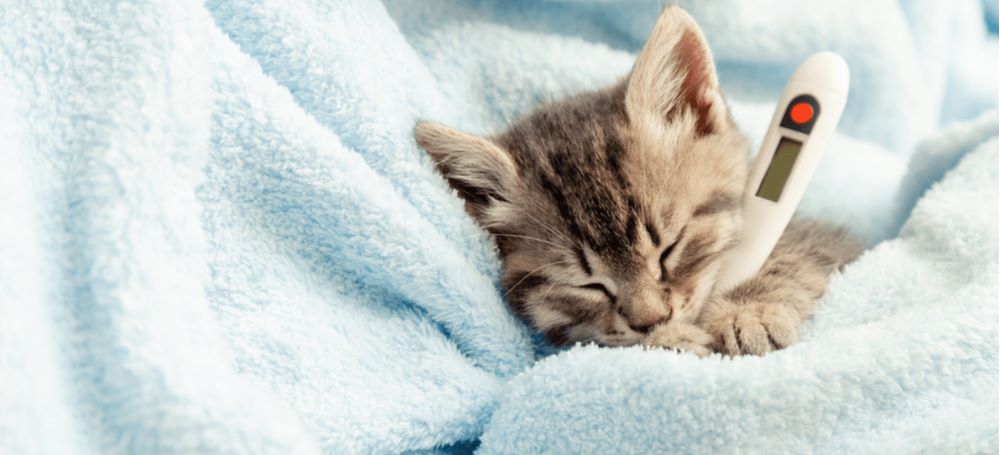
Symptoms of Jeyes Fluid Poisoning in Cats
Here are some symptoms to look out for if you suspect your cat has been poisoned by Jeyes Fluid:
- Vomiting
- Diarrhea
- Difficulty breathing
- Lethargy
- Weakness
- Loss of appetite
- Seizures
If you suspect that your cat has been poisoned, it’s important to act quickly. Here are some steps you can take:
- Remove your cat from the area where they may have been exposed to Jeyes Fluid.
- Wash any exposed skin or fur with soap and water.
- Call your veterinarian immediately and let them know what has happened.
- Follow your veterinarian’s instructions on how to proceed.
In severe cases of Jeyes Fluid poisoning, your cat may require hospitalization and supportive care. It’s important to seek veterinary attention as soon as possible if you suspect your cat has been exposed to this toxin.
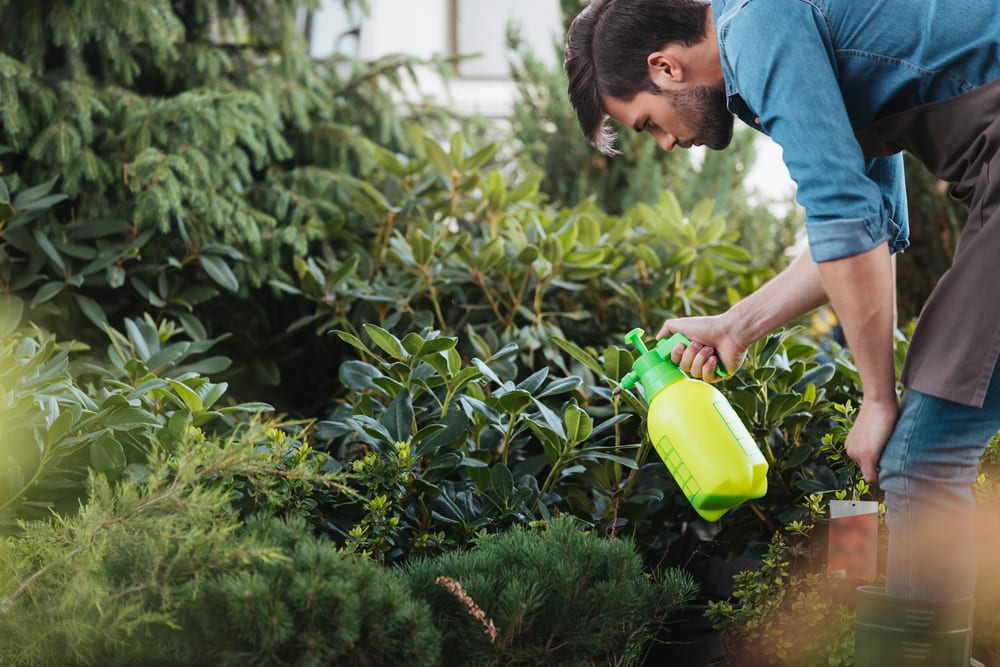
How to use Jeyes Fluid to deter Cats
If you are insistent on using Jeyes Fluid as a cat deterrent, here are the steps to use it safely:
- Dilute the Jeyes Fluid according to the manufacturer’s instructions. Do not use it at full strength, as it can be harmful to cats and other animals. Make sure to use gloves throughout the entire process to protect your hands.
- Identify the areas where you want to deter cats from going. This could include gardens, flower beds, or other areas where cats may be causing damage or leaving unwanted waste.
- Use a watering can or sprayer to apply the diluted Jeyes Fluid to the identified areas. Be sure to apply it evenly and thoroughly, but avoid spraying it on plants or other areas where it could cause damage.
- Keep cats away from the treated areas until the Jeyes Fluid has dried and the smell has dissipated. This could take several hours or more, depending on the weather and other environmental factors.
- Repeat the application as needed, especially after rainfall or if cats continue to visit the treated areas.
However, we do not recommend using Jeyes fluid, instead take a look at once of the alternatives listed below.
Alternatives to Jeyes Fluid for Keeping away Cats
Jeyes Fluid is a powerful disinfectant that is often used as a deterrent for cats. However, if you are concerned about the safety of your feline friend, there are several alternatives to Jeyes Fluid that you can use.
Here are some options:
Vinegar: Vinegar is a natural and safe alternative to Jeyes Fluid. It has a strong odor that cats do not like, making it an effective deterrent. To use vinegar as a deterrent, mix equal parts of vinegar and water in a spray bottle and spray the affected areas.
Citrus: Cats are also known to dislike the smell of citrus. You can use citrus peels or essential oils to deter them. Place citrus peels in areas where the cats frequent or mix a few drops of citrus essential oil with water in a spray bottle and spray the affected areas.
Motion-activated sprinklers: Motion-activated sprinklers are a humane way to deter cats from entering your garden. These sprinklers are triggered by motion, and they release a jet of water that scares cats away.
Another great option, is simply training your Cat. If there is some place you don’t want it to enter, simply train it not do so. It takes more effort, and every cat responds a bit differently, but its definitely an option you should consider first.
Conclusion
To conclude, while Jeyes Fluid may be effective at deterring cats, it is not a safe or humane solution. The chemicals in Jeyes Fluid can be harmful to cats, as well as other animals and even humans. Instead, cat owners should consider using more cat-friendly solutions, such as natural deterrents or physical barriers.
These options may require more effort and investment, but they are ultimately safer and more sustainable for both cats and the environment. By taking a proactive and responsible approach to cat management, we can create a safer and more harmonious coexistence between cats and humans.
